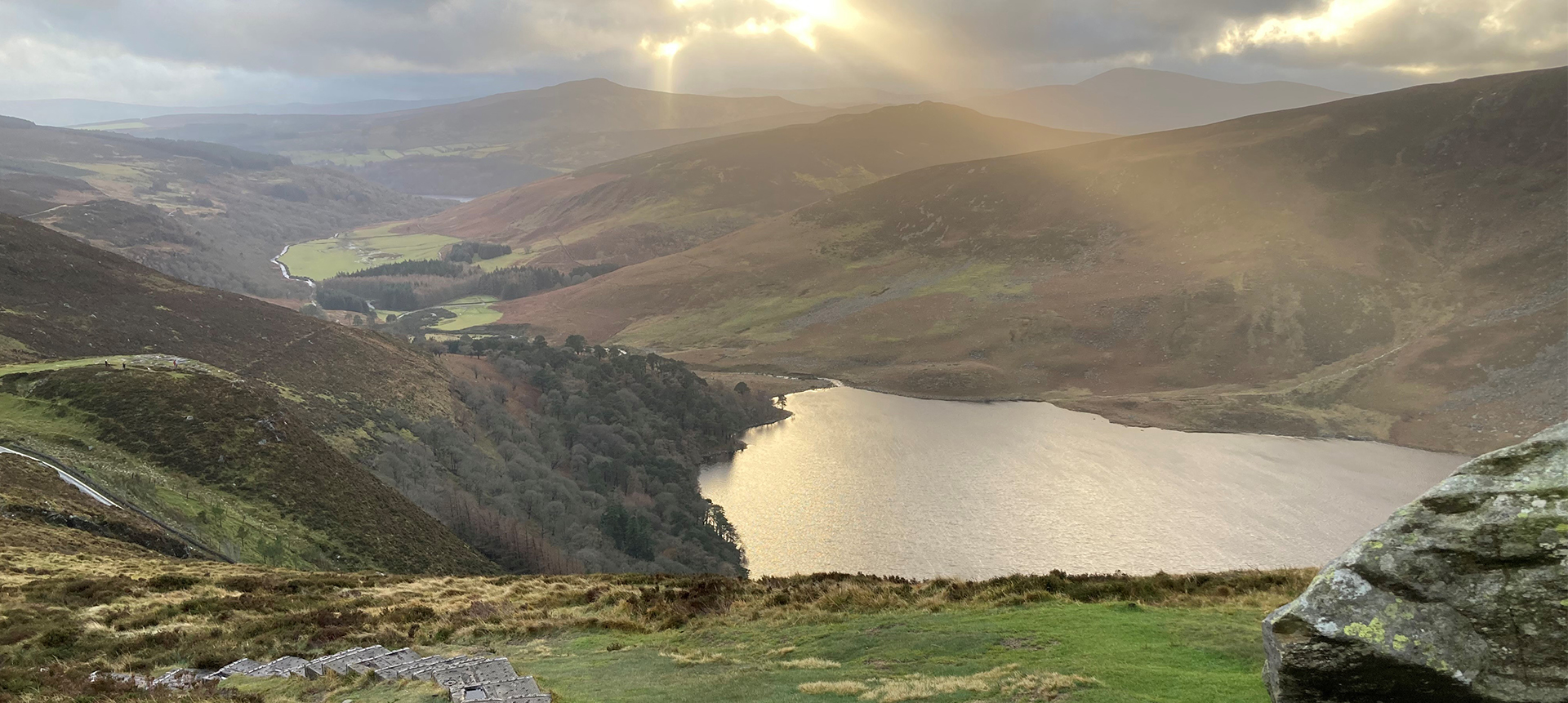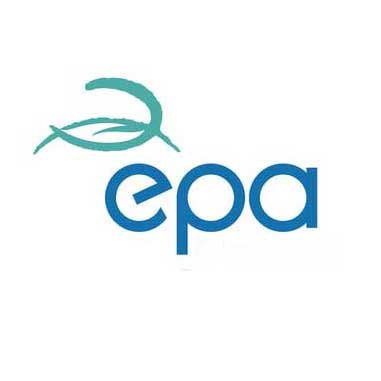Unsewered Wastewater Treatment Systems National Study (2008)

| Version | |
| Download | 33 |
| Stock | ∞ |
| Total Files | 3 |
| Size | 8.83 MB |
| Create Date | 29th August 2008 |
| Last Updated | |
Unsewered wastewater treatment systems constitute a significant diffuse pressure acting on water. The pressure on groundwater is described as widespread in the Water
Framework Directive National Summary Characterisation Report of 2004. With regard to surface water, the relative contribution of unsewered systems in terms of nutrient
load amounts to 3% for nitrate and 7% for phosphorous, while pathogens have been identified as a particular risk.
With over 400,000 unsewered systems in use in Ireland and an estimated 200,000 wells and springs, the prevention of contamination of drinking water from on-site sewage
effluent is of critical importance. A key factor is to have a consistent approach across River Basin Districts to planning, site evaluation and assessment, use of guidance and certification of approved systems on installation.
| File | Action |
|---|---|
| Unsewered Systems Validation Summary Report.pdf | Download |
| Sewered Areas Survey.pdf | Download |
| Programme of Measures Unsewered Wastewater National Study_v2.pdf | Download |
Download





